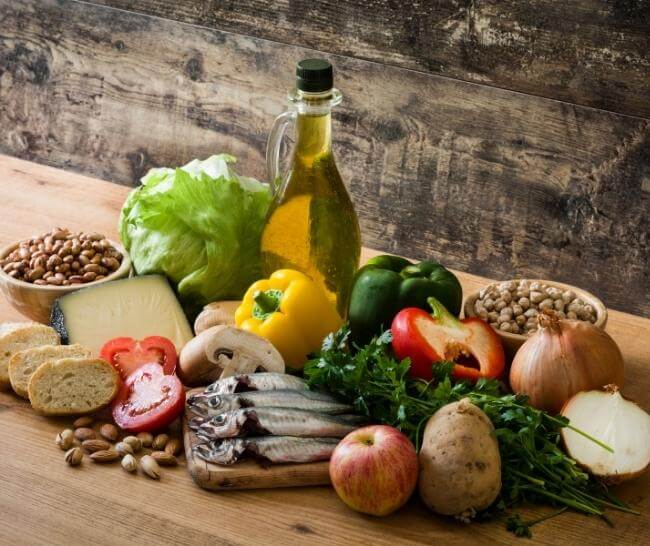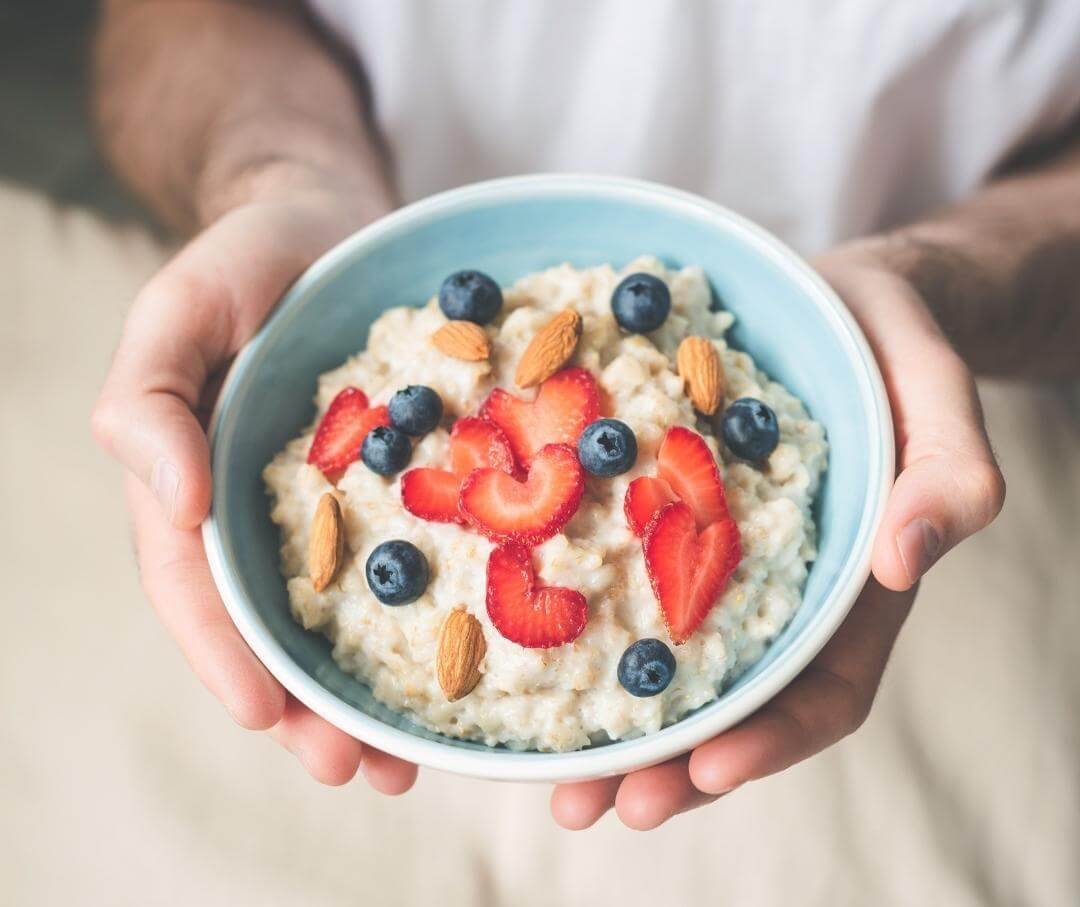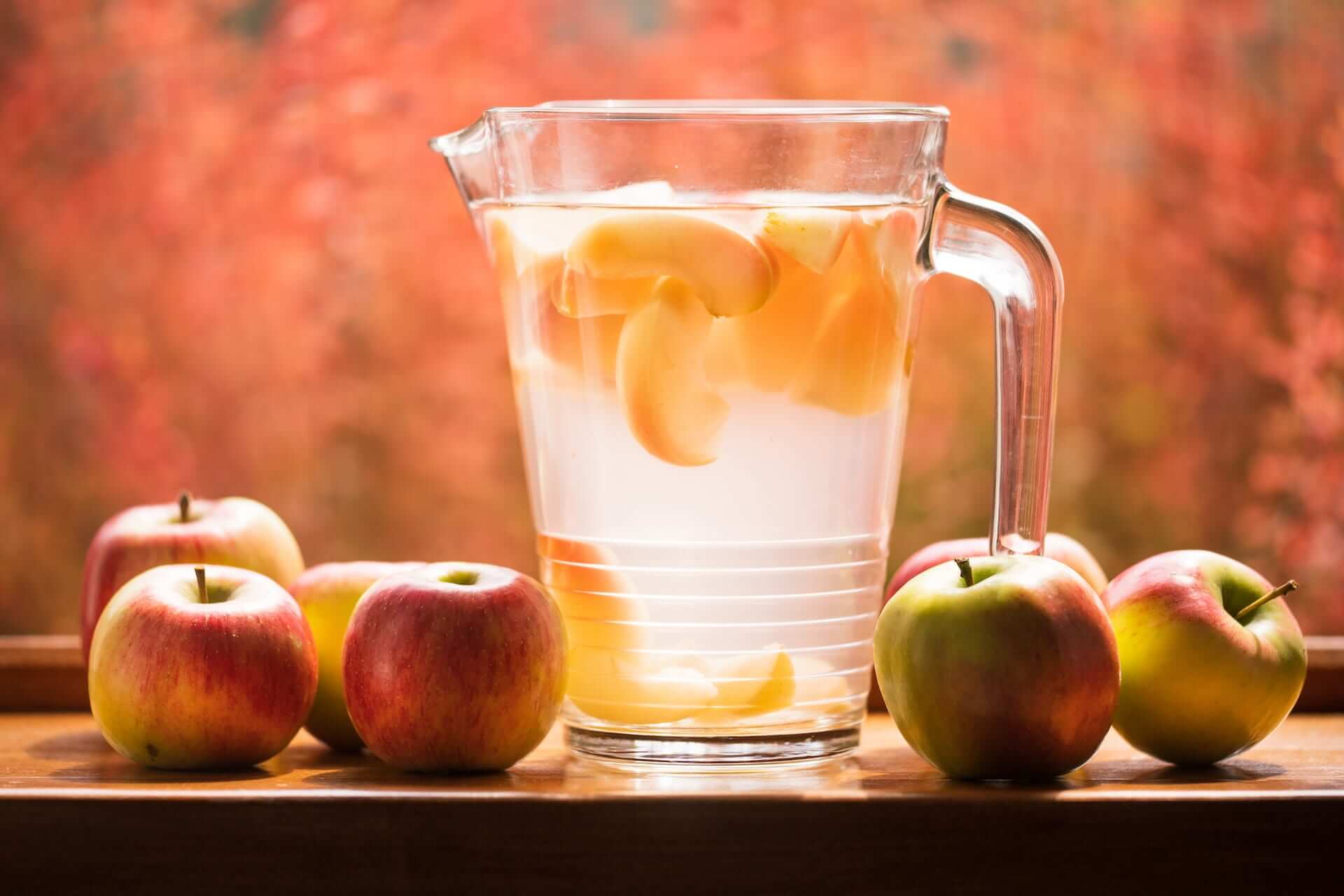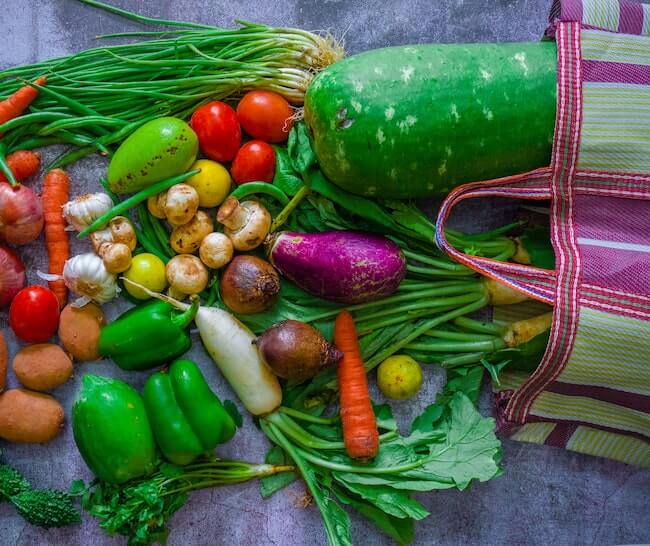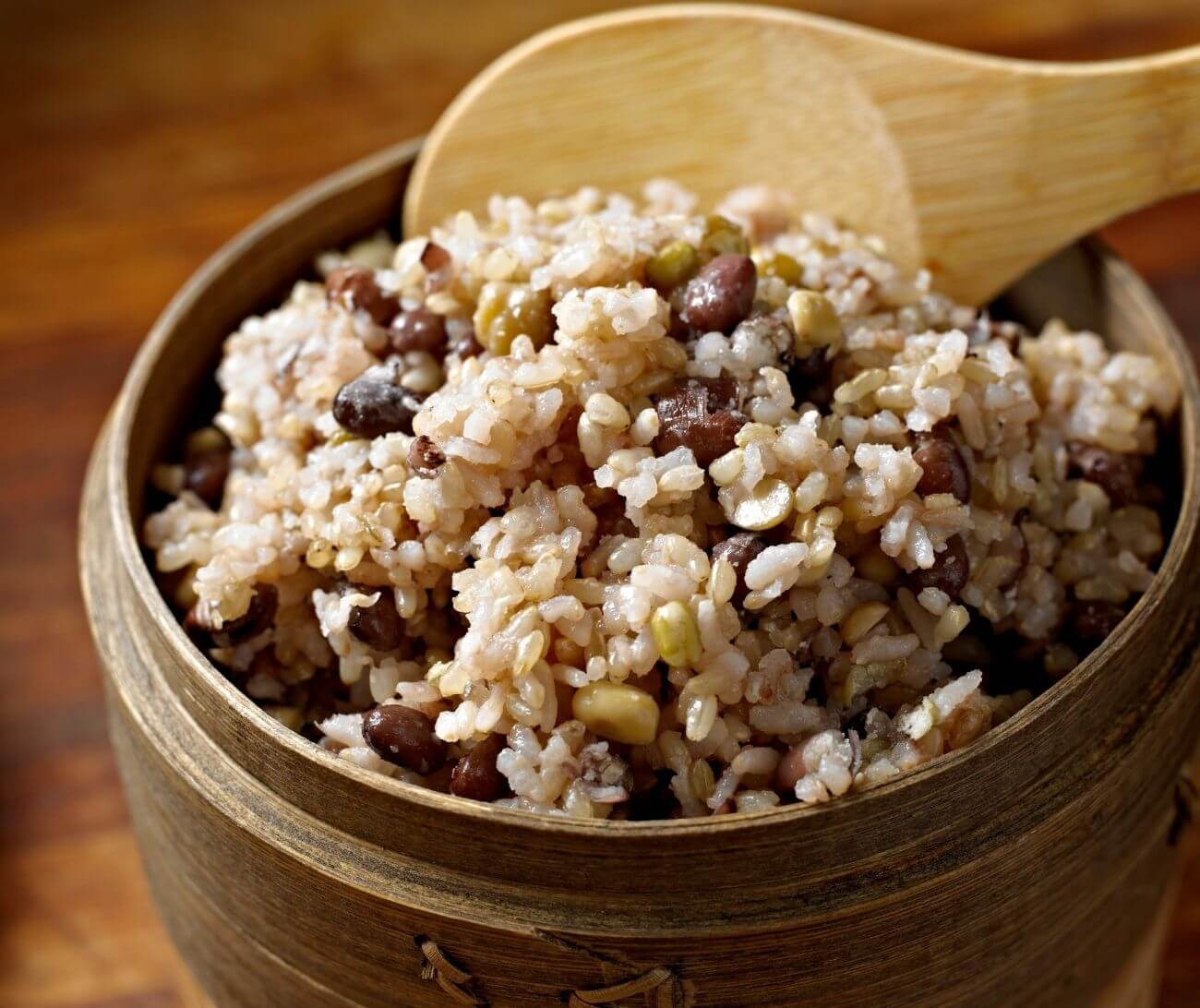It's no secret that eating fruits and vegetables is associated with weight loss, and recent research has supported that. Grapes are no exception and can be a delicious part of any weight loss journey.1
Let’s take a deep dive into grapes and examine why they are suitable for weight loss and the other health benefits you may get from eating them. Then, we'll discuss some fun ways to include them in your diet and maximize their effects on wellness.
{{mid-cta}}
Types of Grapes
There are thousands of varieties of grapes, but some are more commonly found in grocery stores. The most common grapes are table grapes, such as Thompson or sultana grapes, crimson seedless grapes, red globes, cotton candy grapes, black grapes, and flame grapes.
The flavor of each type varies a bit. Some are very sweet, like the Thompson grape, while others have a tangy taste, like the red crimson grape. Then there is the cotton candy grape, which is true to its name and has a bit of a cotton candy flavor. However, grape varieties don’t just vary in taste — they also offer different antioxidant capabilities, making them a nutrient-dense addition to your healthy diet.2
Nutritional Value of Grapes
Grapes are a good source of many nutrients, and including them in a well-balanced diet can offer many potential health benefits. While the nutritional content may vary slightly between varieties, grapes are usually a low-calorie food and an excellent source of carbohydrates and micronutrients.
According to the USDA, the nutrition facts for 1 cup of American grapes and 1 cup of European grapes are as follows:3, 15
Because of their fiber content, grapes have a relatively low glycemic index score of 53 and a glycemic load of only 5. If you have a history of type 2 diabetes or you’re monitoring your blood sugar levels for any other reason, grapes could be a positive fruit choice.
While the macronutrients are impressive, the shining star in grapes is their polyphenol and flavonoid content. Polyphenols are antioxidants that give the grapes their deep, rich color and help fight free radicals in the body. The most abundant and well-known in grapes is resveratrol. Its concentration is highest in red and purple grapes.
Grapes are also rich in anthocyanins, found in varying levels in the grape's skin. Anthocyanins reduce oxidation and have been shown to have prebiotic activity in the gastrointestinal tract.4 Prebiotics help keep your gut healthy, which has been found to help reduce insulin resistance and inflammation.5
<p class="pro-tip"><strong>Also Read: </strong><a href="how-glycemic-index-and-glycemic-load-impacts-glucose">What is Glycemic Index & Glycemic Load?</a>.</p>
Health Benefits of Grapes
Whether you choose green or red grapes, they offer many benefits to your overall health when included in a well-balanced diet. For example, resveratrol has been linked to:
- Reduced risk of cardiovascular disease
- Improved insulin sensitivity
- Reduced risk of cognitive impairment
- Improved eye health
- Reduced risk of some types of cancer
- Improvements in muscle strength with exercise6
A recent large meta-analysis found that people who consumed various grape products had significant reductions in lipid profiles. This included reductions in total cholesterol, LDL or “bad” cholesterol, and triglyceride levels, and they saw improvements in HDL or “good” cholesterol levels.7 Research has even linked red wine, which is made with grapes, with improved heart health markers.8
Furthermore, the anthocyanins in grapes, which give the grapes their gorgeous purple and red colors, also provide many health benefits, including:
- Support for brain health by reducing oxidative stress
- Decreased inflammation and added protection against plaque formation
- Contributions to improved insulin sensitivity
- Relaxed blood vessels to support healthy blood pressure
- Increased prebiotic activity in our gastrointestinal tract to support the beneficial bacteria in our colon9
<p class="pro-tip"><strong>Learn More: </strong><a href="fruits-vegetables-colors">How Eating the Rainbow Can Benefit Your Health + How to Do It</a>.</p>
Grapes and Weight Loss

Fruits are a great tool to help with weight management because they are generally low in calories, high in dietary fiber, and packed with nutrients. Plus, there are some other added benefits of grapes you may not know about!
<p class="pro-tip"><strong>Read About: </strong><a href="how-eating-more-fiber-helps-weight-loss">How Eating More Fiber Helps Weight Loss</a>.</p>
How Do Grapes Help With Weight Loss?
Grapes are usually considered an excellent food for weight loss. Their high water content, paired with their dietary fiber, contributes to satiety or feelings of fullness.
The resveratrol found in grapes can also support weight loss efforts, as some studies show that resveratrol supplementation helps increase energy expenditure while decreasing the use of stored muscle glycogen for energy and using stored fat for energy.10
Get more information about weight loss, glucose monitors, and living a healthier life.
Can Eating Grapes Help With Belly Fat?
You may be wondering, can eating grapes help reduce belly fat? While it’s not possible to spot reduce fat stores, overall weight loss can support visceral fat loss. In addition to the role that their resveratrol content plays in weight loss, grapes can support changes in body composition through their polyphenol content. New research suggests that the polyphenol in grapes, called ellagic acid, may slow the growth of fat cells and boost metabolism.11
Are Some Grapes Better Than Others for Weight Loss?
There isn’t a “better” grape for weight loss, just the type of grapes you like best! High-fiber, low-GI foods like grapes can support your weight loss efforts.
All grapes contain fiber and have a similar calorie content. The main differences between the types of grapes are the amount of resveratrol and their antioxidant capacity. White or green grapes have fewer antioxidants and resveratrol, but all kinds of grapes can be a good choice.
How Many Grapes a Day Can You Eat for Weight Loss?

When trying to lose weight sustainably, it’s essential to take a holistic approach to nutrition. Moderation is key when eating grapes, as overeating the fruit might result in weight gain or other unwanted side effects.
Grapes contain natural sugars, but eating too much in one sitting might cause a spike in your blood sugar levels. Elevated blood sugar levels over time can increase your risk of developing type 2 diabetes, heart disease, obesity, and other chronic health concerns.
The recommended number of grapes per day will vary between individuals, as nutrition needs are influenced by age, gender, and activity level. The USDA recommends 2 cups of fruit daily, and while you can eat 2 cups of grapes to meet that recommendation, it’s beneficial to include a variety of fruits when possible.12
How to Eat Grapes if You're Trying to Lose Weight
Grapes are an easy fruit to add to any meal or snack. Try some of these easy ideas to add grapes to your routine.
- Mix fresh grapes into a fruit salad
- Freeze green grapes in resealable bags and grab a handful when you are craving a sweet snack
- Add chopped grapes to a grain bowl. Grapes pair well with quinoa, chopped baby kale, salmon, and almonds. Drizzle it with a citrus vinaigrette for a leisurely lunch
- Mix chopped grapes or unsweetened raisins into chicken salad with celery, onions, and chopped walnuts. Grapes add moisture and may help reduce the mayonnaise or dressing you need. A ¼ cup of raisins provides 120 calories and 2 grams of fiber13
- Add frozen grapes to a smoothie in place of ice cubes for a cool, sweet, and juicy beverage
- Add roasted grapes atop chicken, fish, or pork dishes. Toss grapes with olive oil and rosemary and roast for 15 - 20 minutes at 425°F. They’re ready when they begin to pop and become juicy
- Add grapes to fruit and cheese skewers for an easy appetizer
- Be mindful of your portion sizes with grape juice. A serving of unsweetened grape juice is just ½ cup and has about 75 calories, 18 grams of sugar, and very little fiber.14 Instead of pouring a full glass, you can freeze grape juice with a sprig of mint in an ice cube tray. Add frozen juice cubes to sparkling water for a refreshing and flavorful afternoon drink
Other Fruits Good for Weight Loss
Fruit is an integral part of the Mediterranean diet and essential for weight control and the reduced risk of many chronic diseases. Choose a variety of colorful fruits, including berries, mangos, pineapple, watermelon, grapefruit, and more, as part of any healthy weight loss program.
Experiment with eating different fruits and see how they affect you by monitoring your glucose response with your CGM. If you have questions about incorporating grapes and other fruits into your diet, consider meeting with a registered dietitian.
<p class="pro-tip"><strong>Learn More: </strong><a href="10-best-fruits-metabolic-health">10 of the Best Fruits to Support Metabolic Health, from a Dietitian</a>.</p>
- Item 1
- Item 2
- item 3
Topics discussed in this article:
References
- Dreher, M. L., & Ford, N. A. (2020). A Comprehensive Critical Assessment of Increased Fruit and Vegetable Intake on Weight Loss in Women. Nutrients, 12(7), 1919. https://doi.org/10.3390/nu12071919
- Covington, L. “Types of Table Grapes.” The Spruce Eats. Accessed September 22, 2022. https://www.thespruceeats.com/types-of-grapes-5192789
- USDA, Food Data Central. Grapes, Green, Seedless, Raw. Accessed Sepetmber 22, 2022. https://fdc.nal.usda.gov/fdc-app.html#/food-details/2263891/nutrients
- Mattioli, R., Francioso, A., Mosca, L., & Silva, P. (2020). Anthocyanins: A Comprehensive Review of Their Chemical Properties and Health Effects on Cardiovascular and Neurodegenerative Diseases. Molecules (Basel, Switzerland), 25(17), 3809. https://doi.org/10.3390/molecules25173809
- Caricilli, A. M., & Saad, M. J. (2013). The role of gut microbiota on insulin resistance. Nutrients, 5(3), 829–851. https://doi.org/10.3390/nu5030829
- Zhou, D. D., Luo, M., Huang, S. Y., Saimaiti, A., Shang, A., Gan, R. Y., & Li, H. B. (2021). Effects and Mechanisms of Resveratrol on Aging and Age-Related Diseases. Oxidative medicine and cellular longevity, 2021, 9932218. https://doi.org/10.1155/2021/9932218
- Ferrières J. (2004). The French paradox: lessons for other countries. Heart (British Cardiac Society), 90(1), 107–111. https://doi.org/10.1136/heart.90.1.107
- Khadem-Ansari, M. H., Rasmi, Y., & Ramezani, F. (2009). Effects of Red Grape Juice Consumption on High Density Lipoprotein-Cholesterol, Apolipoprotein AI, Apolipoprotein B and Homocysteine in Healthy Human Volunteers. The Open Biochemistry Journal, 4, 96-99. https://doi.org/10.2174/1874091X01004010096
- Lupoli, R., Ciciola, P., Costabile, G., Giacco, R., Minno, M., & Capaldo, B. (2020). Impact of Grape Products on Lipid Profile: A Meta-Analysis of Randomized Controlled Studies. Journal of clinical medicine, 9(2), 313. https://doi.org/10.3390/jcm9020313
- Kan, J., Wu, F., Wang, F., Zheng, J., Cheng, J., Li, Y., Yang, Y., & Du, J. (2021). Phytonutrients: Sources, bioavailability, interaction with gut microbiota, and their impacts on human health. Frontiers in Nutrition, 9. https://doi.org/10.3389/fnut.2022.960309
- Springer, M., & Moco, S. (2019). Resveratrol and Its Human Metabolites-Effects on Metabolic Health and Obesity. Nutrients, 11(1), 143. https://doi.org/10.3390/nu11010143
- Tabrizi, R., Tamtaji, O. R., Lankarani, K. B., Akbari, M., Dadgostar, E., Dabbaghmanesh, M. H., Kolahdooz, F., Shamshirian, A., Momen-Heravi, M., & Asemi, Z. (2020). The effects of resveratrol intake on weight loss: a systematic review and meta-analysis of randomized controlled trials. Critical reviews in food science and nutrition, 60(3), 375–390. https://doi.org/10.1080/10408398.2018.1529654
- Kang, I., Buckner, T., Shay, N. F., Gu, L., & Chung, S. (2016). Improvements in Metabolic Health with Consumption of Ellagic Acid and Subsequent Conversion into Urolithins: Evidence and Mechanisms. Advances in nutrition (Bethesda, Md.), 7(5), 961–972. https://doi.org/10.3945/an.116.012575
- Taladrid, D., de Celis, M., Belda, I., Bartolome, B. & Moreno-Arribas, M.V. ( 2022). Hypertension and glycaemia lowering effects of a grape-pomace-derived seasoning in high cardiovascular risk and healthy subjects. Interplay with the gut microbiome. Food & Function. 13(4): 2068-2082. https://doi.org/10.1039/D1FO03942C
- Zhu, X., Wu, C., Qiu, S., Yuan, X., & Li, L. (2017). Effects of resveratrol on glucose control and insulin sensitivity in subjects with type 2 diabetes: systematic review and meta-analysis. Nutrition & metabolism, 14, 60. https://doi.org/10.1186/s12986-017-0217-z
- Popkin, B.M., D'Anci, K.E., Rosenberg, I.H., (2010). Water, hydration, and health, Nutrition Reviews, 68(8):439–458, https://doi.org/10.1111/j.1753-4887.2010.00304.x
- Poole, C., Wilborn, C., Taylor, L., & Kerksick, C. (2010). The role of post-exercise nutrient administration on muscle protein synthesis and glycogen synthesis. Journal of sports science & medicine, 9(3), 354–363. https://www.ncbi.nlm.nih.gov/pmc/articles/PMC3761704/
- Banini, A. E., Boyd, L. C., Allen, J. C., Allen, H. G., & Sauls, D. L. (2006). Muscadine grape products intake, diet and blood constituents of non-diabetic and type 2 diabetic subjects. Nutrition (Burbank, Los Angeles County, Calif.), 22(11-12), 1137–1145. https://doi.org/10.1016
- Esfahani, A., Lam, J., & Kendall, C. W. (2014). Acute effects of raisin consumption on glucose and insulin reponses in healthy individuals. Journal of nutritional science, 3, e1. https://doi.org/10.1017/jns.2013.33
- USDA, Food Data Central. Grape Juice, Canned or Bottled, Unsweetened with Ascorbic Acid. Accessed, September 23,2022.
- USDA, Food Data Central. Raisins, Seeded. Accessed, September 23, 2022.

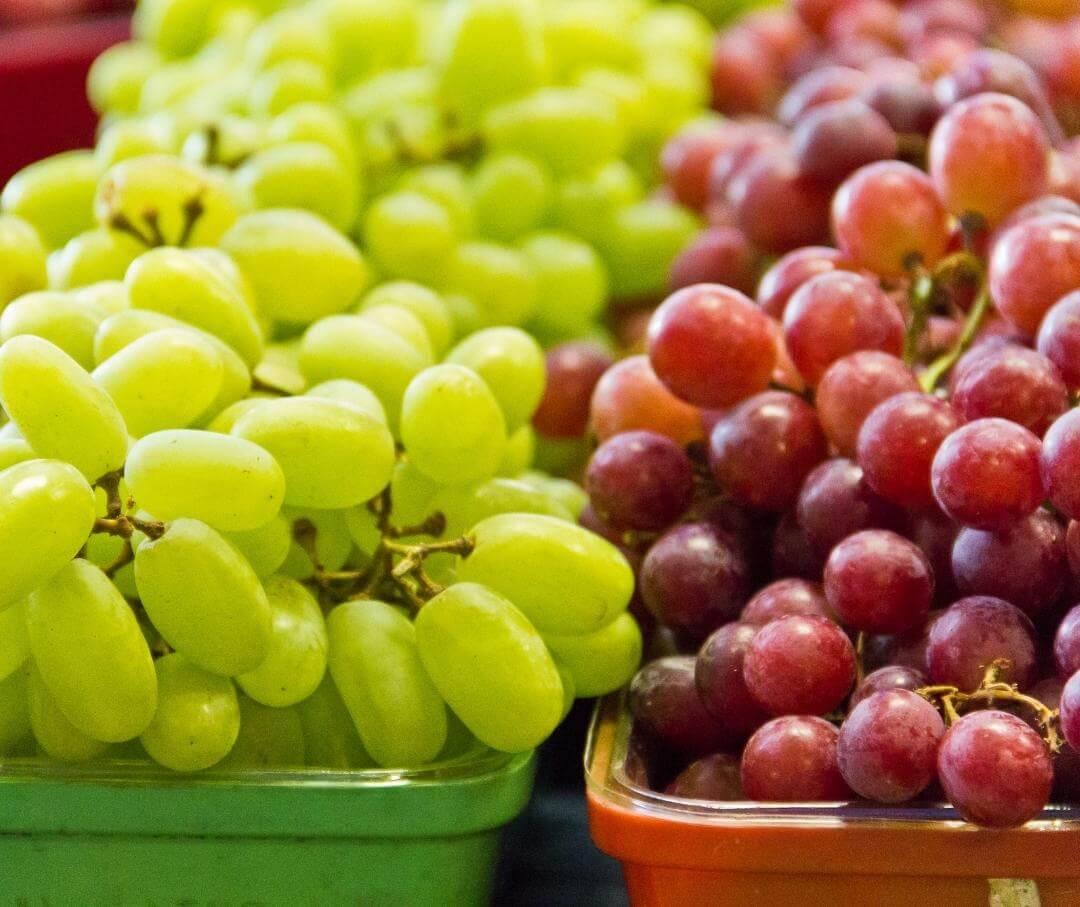
.jpg)

